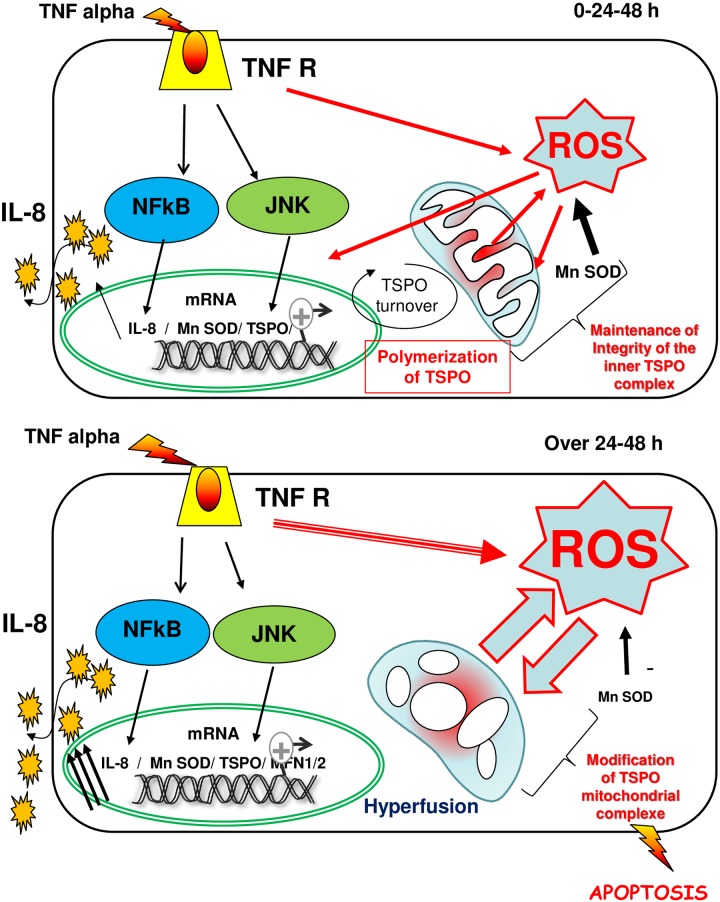Fig 9. Modeling the involvement of TSPO upon TNF-induced inflammation.
In the upper diagram, before 24 hours of treatment, TNF activates the production of IL-8 through NFκB signaling, as previously described [63]. Under this condition, ROS are produced and the antioxidant defenses (MnSOD) are activated simultaneously to TSPO transcription by the JNK pathway [52]. ROS induce the formation of TSPO polymers acting as ROS scavengers, and they induce an increase in TSPO turnover. This mechanism maintains the integrity of the mitochondria (inner ultrastructure membrane complexes) and favors regulation of the ROS production. In the lower diagram, after 24 hours, treatment with TNF causes an overflow of antioxidant defenses together with sustained TSPO turnover, leading to the dysfunction of mitochondrial membrane complexes responsible of the disruption of inner mitochondrial integrity; the apoptotic cascade is then activated, leading to cell death.

